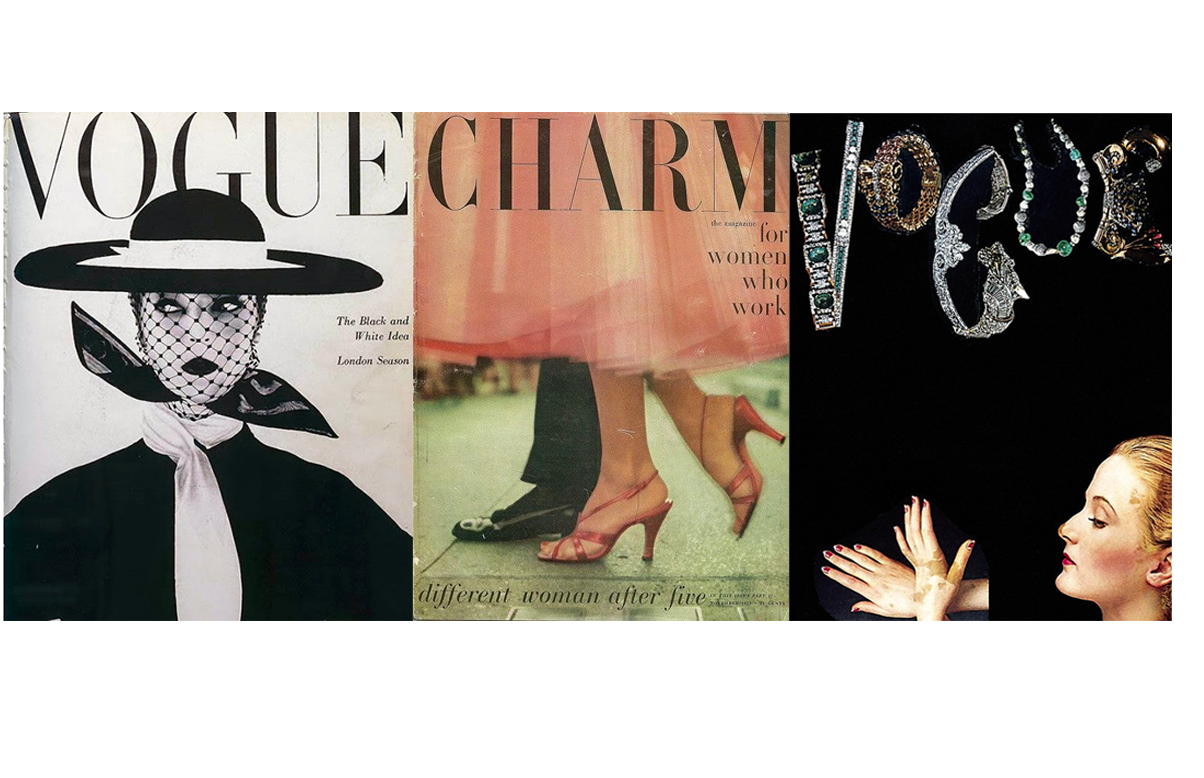Picture this: It’s the year 1927 and you’ve been granted the Tiffany Foundation Scholarship to attend Pratt Institute. Fast forward to 1931, after your skills flourish, you finally graduate, and you are ready to enter the workplace. But here’s the issue – you’re a woman.

Despite being a talented hopeful, Cipe Pineles faced many challenges finding work and a creative safe space after graduating from Pratt Institute. She would eventually find comfort in a group of European immigrant designers who were also trying to make a name for themselves. The company became Contempora Ltd. and there Pineles’ skills only grew by designing advertisements and pattern updates.
At a Gala event put on by Contempora Ltd., Pineles met the wife of Conde Nast who was fully impressed by her work. Shortly after Pineles became an assistant to M.F. Agha, then art director of Condé Nast publications. After about 10 years working under Agha, Pineles was titled the art director of Glamour magazine in 1942. Her art direction and design were also brought to publications such as Seventeen, Charm, Vogue, and Vanity Fair.
Pineles was so innovative for her time, not only because she was a successful woman working in a male-dominated industry, but because she blurred the lines between fine art and publication design. Before Pineles, hiring and commissioning fine artists for publications was unheard of.
Images (Left to Right):
Cipe Pineles, Vouge cover, 1950, photograph: Irving Penn
Cipe Pineles, Charm cover, November 1953
Cipe Pineles, Vouge cover, 1939
Carla Dadulla








